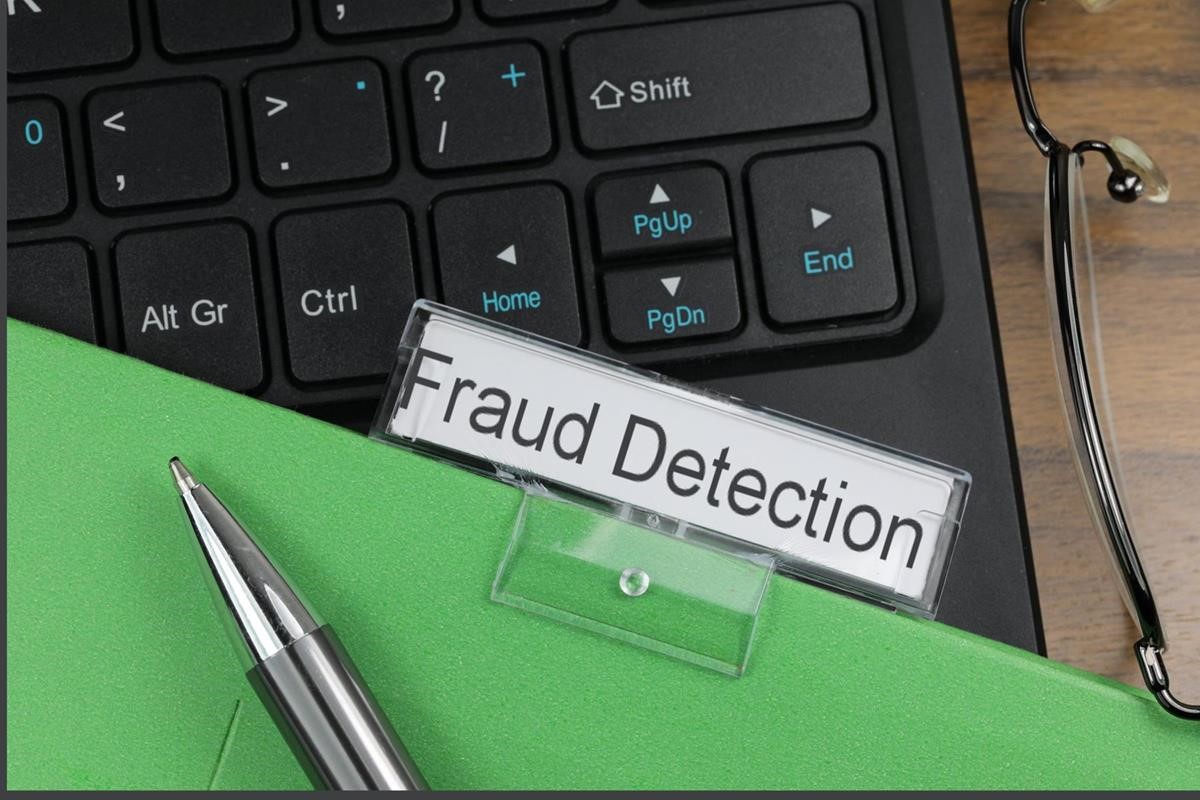Dear Executive,
Fraud does not always knock. Sometimes it wears a staff ID and walks in smiling. It is so friendly and helpful. Fraud is always hidden in plain sight.
I started my career in a bank, Nile Bank, that was later acquired by Barclays, which became a prize of Absa. You know how competition has been changing the face of banking in Uganda. Today I will share a case that will make you question every approved loan you have ever seen.
The case of the ‘invisible borrowers’
In late 2023, a CEO gave us a call and asked to meet a whistleblower. We arranged to meet at our offices where the whistleblower walked in with a brown envelope. Inside were photocopies of loan approval forms, schedules, and a curious memo from a branch manager at a mid-tier financial institution in Western Uganda. The claim? Over UGX 1.2 billion had been disbursed to borrowers who do not exist.
No drama. No alarms. Just neatly approved loans.
Here is what made it brilliant and dangerous.
a) The setup
(i) The fraudster was a seasoned credit officer. She had mastered the system, the process, and the people.
(ii) Using dormant customer profiles real names but inactive accounts she started applying for small loans of UGX 5M to UGX 20M.
(iii) Because she had access to the loan origination system, she generated internal approvals, forged signatures, and ensured the documents were “checked out.”
(iv) She created fictitious phone numbers linked to the account numbers she controlled. All follow-ups were handled smoothly.
b) The cash movement
(i) Once loans were disbursed, she redirected the funds to two personal mobile money numbers under relatives’ names.
(ii) From there, the funds were withdrawn in small amounts across different towns Kyenjojo, Fort Portal, and Kasese to avoid a pattern.
(iii) The money funded a side business. A retail shop. Ironically, her own family thought she had won a government grant or in real local terms “married a Mzungu.” Family members were so proud of her success. She started being invited to the Church to share success stories and motivate young people on how to start small and grow steadily. Her shop was expanding and she was living a good life.
For nearly two years, no one noticed.
c) How the fraud came undone
It was not IT. It was not Risk. It was not even Compliance. Not even Internal Audit.
It was a newly transferred branch accountant. He could not reconcile a set of loan repayments there were over 30 active loans without corresponding cash inflows for 90+ days. He flagged them to his supervisor. The supervisor ignored it.
But this man did not stop. He wrote directly to Head Office Audit, attaching a spreadsheet of loans by customer ID, disbursement date, and repayment history. That was when we were called in.
d) The red flags we found
(i) Multiple loans disbursed to customers with no current physical address.
(ii) Similar handwriting on several KYC forms. Most had been filled by the same hand hers.
(iii) Internal approvals during odd hours many done past 7 pm, when no managers were on duty.
(iv) Loan repayments were all marked as ‘pending restructure’ or ‘in legal,’ yet no legal files existed.
e) The moment of truth
We staged a quiet confrontation.
Having trained as a certified fraud examiner, computer hacking forensic investigator, and accountant, I know what makes a good investigator is an effective case investigation strategy. To make a good one, start by understanding the facts of the case. We sat down and reviewed the whistleblower reports. Listened to the internal auditor. Reviewed the loan process from start to finish, by studying the credit manual. We then did a walk-through of the process identifying areas of failure. My earlier experience has shown that processes are not applied consistently across all bank branches. In the city, near the head office, process reviews and approval are thorough. However, upcountry, due to low staffing levels and the pressure to grow the business, people do not focus on controls and reconciliations.
After reviewing all the documentation, and interacting with other staff, we met the main suspect.
We asked her to walk us through a loan application process. She became defensive. Claimed she had too much backlog. Then her phone buzzed a mobile money alert. It was a UGX 3M deposit. The same number we’d been tracking.
That was it.
When you have all the evidence and records, it is easy to get someone in the corner.
She confessed. Tearfully. Claimed pressure to survive. Blamed poor pay.
Total confirmed fraud? UGX 1.26 billion. Only UGX 240 million was recoverable.
f) The real insight
Fraud is not always technical. It is psychological. The best fraudsters exploit routine, not loopholes. They bank on you being too busy, too trusting, or too afraid to question.
That is why real investigators must be obsessed with patterns, not personalities.
Ask yourself:
Are you reviewing loan portfolios with fresh eyes?
Are dormant accounts truly dormant?
And most importantly, is your system designed for integrity or just compliance?
In investigations, do not wait for red sirens. Follow the silence. That is where fraud lives.
The art of uncovering the truth is not about shouting. It is about noticing the thing no one else sees and asking the question no one dares ask.
Investigate with discipline. Document everything. And when you find the thread pull hard.
Unlock your investigative skills and become a reporting pro: Sign up today for our Investigation and Report Writing Course and start making an impact!
Copyright IFIS 2025. All rights reserved.




